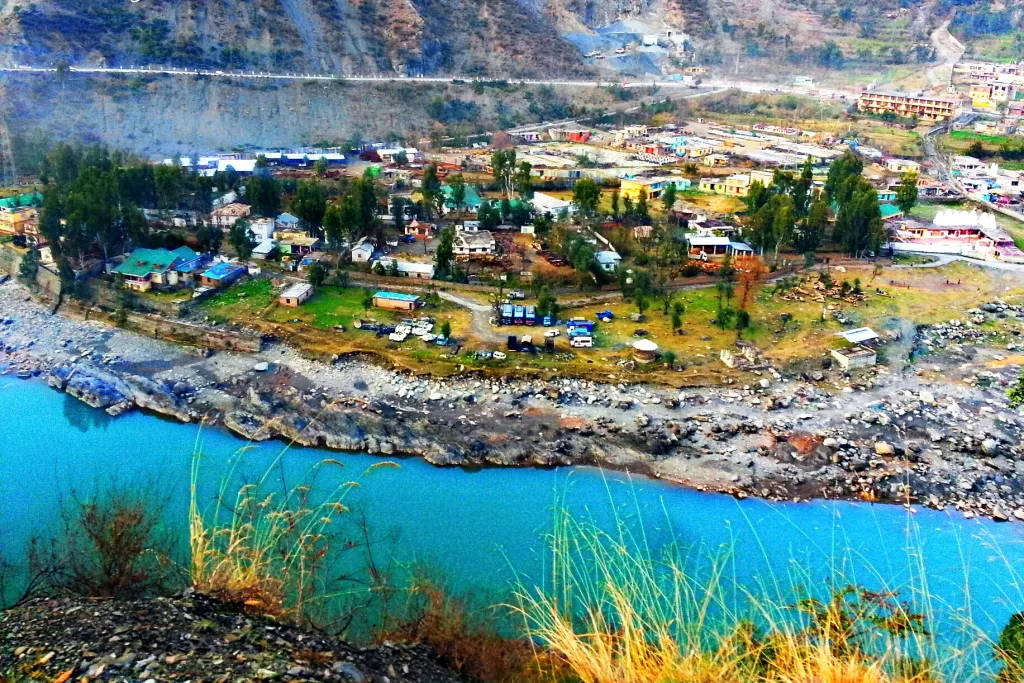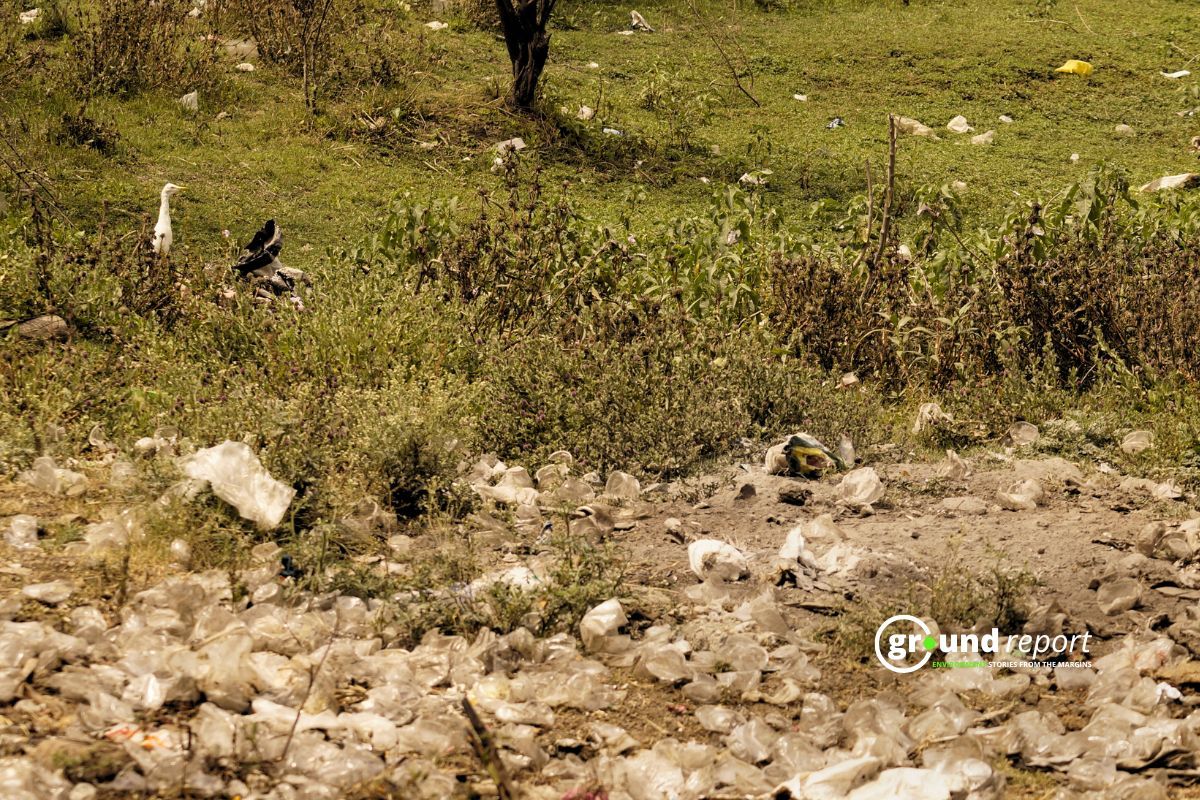The air is filled with the sweet fragrance of saffron. There are snow-capped mountains, fruit orchards and splendid lakes that take us back to the 16th century, when the Mughal emperor, Nuruddin Muhammad Jahangir, described Kashmir as a paradise on earth.
Sitting on a wooden fence by the roadside in Kullan, Ganderbal, Muhammad Lateef Khan, 48, a trader, says the lack of water is easy to see: “Only three springs remain out of eight that were in the area, and that’s alarming.”
For his part, Lateef recalls that before “tons of rice, corn and potatoes were harvested, we had healthy cattle, but the lack of rain and the fact that the springs and rivers have dried up makes it even more difficult to grow the wheat”.
The fountains go
The women, in charge of carrying the water to the house, have to walk more and more to reach the freshwater sources. Saima, 19, heads to Sindh Nullah. She says that she must “walk 5 kilometers to go to school and 2 kilometers to get water, which is something I do three times a day.”
Saima laments that “it is really difficult to carry water up the mountain path every day. That means spending half the day at school and the rest carrying water. Most of my study hours are spent with my body.”

Khursi, 28, says a household needs an average of 10 to 12 containers of water a day. Obtaining it takes most of the time. She laments having “spent my whole life fetching water, but my food, my health and my education remain a distant dream.”
Kashmir villages without water
“We already have evidence that climate changes the availability and quality of water,” explains Gleick. “Kashmir is a place where water is perhaps not the worst problem, but like Sudan, or the Tigris, Euphrates or Nile rivers, it is a factor of growing concern in a situation already plagued by conflict,” he adds.
Muhammed Yaqoob Khan, 80, has lived in Kashmir since the 1930s. He recalls that “when I was 20 years old, I saw snowfalls of more than 12 feet from the end of October to the middle of March, whereas now winter comes in late November and the weather starts to warm up in mid-February.”
And after a brief pause and a concerned expression, he says that everything is different today. “We didn’t use fans before, but now they’ve become essential during the summer. And that’s really amazing in a mountainous area.”
Reduced snowfall and retreating glaciers are exacerbating the looming water crisis. Glaciers in the Kashmir Himalayas are melting at an alarming rate, threatening the region’s water security.
A study titled “Linking Recent Glacial Retreat and Depletion of Stream Flow Patterns to Earth System Changes in the Himalayas of Kashmir, India” examined changes in the Kolahoi Glacier between 1962 and 2018 and found that the glacier is retreating at a terrifying rate. Since 1962, it has lost almost 23% of its area and has broken up into smaller parts.
Support us to keep independent environmental journalism alive in India.
Keep Reading
MP farmers battle stray animals, sleepless nights to protect crops
Indore’s Pipliyahana Lake struggles to survive, even after conservation measures
Costliest water from Narmada is putting financial burden on Indore
Changing weather pattern impacts soybean crops in Dewas region of MP
Follow Ground Report on X, Instagram and Facebook for environmental and underreported stories from the margins. Give us feedback on our email id greport2018@gmail.com.
Don’t forget to Subscribe to our weekly newsletter, Join our community on WhatsApp, Follow our Youtube Channel for video stories.










